|
Let’s talk about harnesses. Harnesses are not a bad thing. In fact, they are a great option for pugs .... eventually. The problem is when owners put a harness on a puppy for walks before the puppy has been thoroughly trained to walk on loose-leash. Going for a walk with your pug puppy wearing a harness after s/he has mastered loose-leash-walking is fine and a good option to prevent him/her from accidentally slipping out of collar and escaping. Going for a walk with your pug puppy wearing a harness before s/he has mastered loose-leash-walking is (in my personal experience of training pugs for 30 years, plus numerous years as a professional dog walker with all sorts of breeds) going to make it more challenging to train loose-leash-walking. (FYI: We never walk our show pugs on a harness (even after they are trained to walk on loose leash) because it affects their gait and movement. We do use a harness when hiking and more on that later.) A harness is designed in a way that it makes it more comfortable to pull and in some cases can increase drive or frustration if you use it to hold the dog back (people who do bite sports actually use a harness and tie back to build drive) so yes, it can quickly make pulling worse. A collar is at least mildly aversive in comparison. New pug or pug puppy owners should try to avoid this scenario at all costs (unless they want a pug who will always pull on the leash while out for walks .... for your and your pug's entire life): Obviously, no pug puppy owner -- and no pug -- wants the above scenario, so let's discuss another option. Don't "go for walks" until your puppy is trained to walk on a loose-leash. Training to learn to go-on-a-walk is different than going-on-a-walk. And, when training, use a flat collar and leash not a harness. Work on mastering loose-leash-walking every.single.day. I won't lie, training loose leash walking is one of the more difficult skills you'll teach your pug puppy, and it will require consistency (you will always always always need to maintain a loose leash when training.) But it can be fun! And mastering loose-leash walking makes life with your pug puppy so much more enjoyable. In a minute, we'll talk about the difference between a training-session-structured-walk (practice walks) which you'll be doing for the first few months vs your typical, casual walk (your ultimate goal) outside. So, what is loose-leash-walking? When you maintain a "J" in the leash, with slack while walking. Your pug might walk a little ahead of you (as long as the leash is slack) or beside you in an unstructured, loose heel. Most folks don't mind letting their pug walk a little in front of them as long as there is no tension on the leash. Here is a video of one of the dogs I used to walk with Wag on a regular basis. In the beginning he would never "check in" and it was as if he didn't even realize there was a human attached to the end of the leash. Needless to say, there was never a "J" in the lead when we first started. But after lots of walks where we constantly engaged -- I spoke with him cheerfully, sometimes delivered treats, and changed directions a lot to "keep him guessing" -- the end result was such a satisfying walk. While there's no sound to this video you'll notice him "check in" with the eye contact he offers, and sometimes he gets a tiny bit ahead but never enough to pull. (If he did, I would have gotten his attention verbally and then lured him to change directions .... like a dance partner cuing before a turn). Some owners would prefer for their pug to stay within a foot or 2 of the human's left leg during the walk, unless given a release command to go sniff and explore, but it's really up to you how you'd like to define it and what you're most comfortable with. Your criterion might vary depending upon the situation and environment. Here is a young 10-week old Pickwick pug puppy who took to heel with automatic sits quite naturally. This is not something we would normally require but Gus must have been a heel work champion in his former life lolz! Loose leash walking is much more informal and relaxed versus a heel where the dog is intensely focused on the handler at all times, essentially attached to the handlers left leg with imaginary velcro. But again, my opinion, (and some may disagree), that after training over 100's of puppies and dogs ranging from pugs to all sorts of breeds as a Wag-Walker for many years, I can truly say that training loose-leash-walking while the dog wears a harness is challenging and makes progress slower. It is much easier and more successful, (I'll venture to say "possible") to train using a flat collar and leash. A 6 foot leash is best. NOT A RETRACTABLE LEASH. Do not use a retractable leash. They are dangerous ... people lose fingers and dogs can die. But, I digress. Back to harnesses. Why should you use a flat collar and regular leash for training? Why? All dogs have “opposition reflex” which means they pull against pressure. When a dog feels pressure on the front of his throat from his collar, he actually pulls against it. This is why choke collars only make the problem worse. The tighter the collar gets, the more s/he will pull. This is also why retractable leashes are bad (in addition to the horrific injuries they cause), because the dog is constantly experiencing opposition reflex. With a harness, the dog has all sorts of contact places where he feels the opposition reflex, not just his neck. For safety issues, (so, for example, your pug doesn't escape and slip out of its collar), if you want your pug to wear a harness in public before s/he is completely trained to walk on loose leash, then you will need to plan to AVOID GOING-FOR-A-WALK while wearing a harness and, instead, you will need to pick up your pug and carry her. Set her down to potty or sniff something, but them PICK HER UP again and carry while walking. Practice Walks vs Casual Walks So now is a good time to talk about the difference between a "training-session-walk" and a "let's-go-for-a-walk." A structured, training-session-practice walk is what you'll be doing for the first months. Daily if possible! These walks will require a LOT of thinking on the dog's part and FULL ATTENTION from the owner/handler. (Your pug will be mentally exhausted afterwards). How does a structured-training-session-walk differ from a normal casual walk?
Most common mistake = advancing too fast. Think of loose-leash-walking training as a subject in school such as mathematics. Your pug puppy will be enrolling in many different classes as s/he advances:
If your pug was enrolled in Arithmetic, you would not expect the teacher to start throwing out calculus equations. Similarly, if your pug is enrolled in the introductory class for loose-leash-walking, you would not expect her to walk successfully in a crowd at Mardis Gras. That would be saved for Calculus level. As your pug progresses from level to level, you will need to resort to picking up/carrying (or putting in a stroller) if a particular environment is too challenging for him/her given level. For example, a young puppy enrolled in “arithmetic” should never be expected to walk on loose leash in a dog park with dogs running around everywhere. There is absolutely NO way the human will be more interesting than those fun dogs running wild everywhere! Eventually, ONCE YOUR PUG IS THOROUGHLY TRAINED TO WALK ON A LOOSE LEASH, then you can walk successfully using a harness. We use a harness that has a ‘handle’ on the top for our hiking pugs so that we could grab them quickly if they slipped into a stream or something. However, we don’t go hiking until our pugs are solid on recalls (“come when called”) and loose leash walking. To be clear: Harnesses are not a bad thing for pugs, (unless you have a conformation show pug – and walking a lot in harnesses ruins fluid, proper movement), but just not recommended while training loose-leash-walking. A good harness allows a dog to pull with all his strength without feeling any discomfort or strain. This is very important in weight pulling sports, or pulling a cart or dog sled. They may also be used on very small dogs or dogs who have a structural problem with their trachea who have not been (and most likely never will be) trained to walk on loose leash. But of course if you use a harness instead of a leash on a large dog who hasn’t been taught not to lean on the leash, it will cause you to lose control of the dog. Again, a harness allows the dog to use his entire strength to pull you. If you don’t want to make a wrestling match out of every walk, you would want to control just the head. If you control the head, you control the dog. This is why horses are walked in head halters and ridden in a bridle. Control the head and you control the horse. To prevent your pug from pulling on the leash you need to understand several important things. First, your pug pulls because she thinks she’ll get ahead of you faster by pulling. Secondly, she needs to understand that you are a team and should walk together – if she’s not interested in you, not “checking in” and focusing on you, then she’s going to do her own thing. Why is your pug not checking in? Is it because you are not really interested in walking with your pug? Is it because you jerked the lead when she wanted to stop and sniff an interesting smell? Is it because you’re focused on your cellphone or listening to music instead of interacting with your pug? Or, most likely, is it because you don’t work on loose leash walking enough? The innate “programming” of a dog is to walk for very long distances alongside other dogs – “her people”. Just as you would do if walking with another human versus a solo walk, you need to hold up your end as your pug’s owner and engage with her during the walk – talk to her, wait when she stops to sniff a flower or another dog, be present and aware of your walking companion at all times. Point things out that you notice and if she pulls, just stop walking and don’t move forward again until she gives you attention (looks you in the eyes). This tells your pug that you are not going to walk while she pulls. Next time she pulls? Stop again. And again. Eventually your pug will get the point. Change up your speed. When you slow down, your pug will need to walk at the same speed etc. We love to practice heel (or loose leash walking) to this music ... the treat delivery is randomized ... If the pug is pulling constantly it will indeed possibly damage the trachea so, if an owner is not willing to put the necessary time in to train loose leash walking, then slapping on a harness from the start is the humane thing to do. But again, (in my opinion), the owner will need to realize that by doing this he/she is committing to a lifetime of pulling. While on the subject, the 'no pull harness' is a joke. A dog pulls for 2 reasons 1) she thinks she'll get ahead fast if she pulls you along 2) she doesn't realize that you both are a team -- walking together (or, more bluntly, she is simply not interested in her human). The answer is definitely not to use aids, (especially punitive aids like choke collars), but to change how the 2 walking partners are walking together.
You want your pug to "check-in" a LOT. Reward your pug every time s/he chooses to look up and focus on you. When I say "watch me", my pug knows s/he needs to look up at me ... and then s/he will get a treat! Deliver the treat just to the left side of your left leg, around your knee or a bit lower, so that your pug is in the place you ideally want. (FYI you always want your pug to be in the position he is receiving a treat for ... i.e. if treating for a sit, your pug should be sitting when he gets his treat). ' Tip to save your back: With toy breeds (i.e. pugs) I carry a target stick, or dowel, or long wooden spoons with a potato chip lid or tupperware lid taped to the end. I load the lid up with peanut butter or a chicken/cheese spread I make that has the consistency of peanut butter (so that it sticks to the lid). Here is a puppy working on loose leash walking at Home Depot ... normally the target stick is not right in front of the face constantly (like a lure) but just used to occasionally deliver a treat. How to teach loose-leash-walking:
IMPORTANT! Don't allow your puppy to jump up at your hand OR step in front of you. Remember, you always want to deliver the treat when your puppy is in the position you ideally want. (If loose leash walking, at your left side with puppy facing forward; if teaching "sit" the puppy should be sitting when you deliver the treat etc. If you deliver the treat to your puppy when s/he steps in front of you s/he will learn that you want him to be in front of you and you'll end up with a pug who constantly trips you. Take lots of breaks! This is a tough skill to teach ... for the puppy's concentration and for the human's body (it's back breaking if you are always bending down to deliver the treats). Puppy's have a tough time with self-control. They want to sniff and explore the environment yet we are asking the puppy not to do this very natural behavior. Set your puppy up for success – keep it simple and easy for him (stay in arithmetic until ready to advance and don’t skip to calculus after one training session). You might think this pug is at the calculus level ... But he still had a long way to go for proofing this sort of focus and concentration in crowded, busy streets, or with lots of distractions at a dog park etc. This pug was perhaps trigonometry level at best. Finally, observe the cardinal rule: Always, always, always. (Always require your puppy to maintain a “J” in the leash). Never, never, never. (Never allow your puppy to pull as you are walking -- if you allow this too much, it will undo all of your previous efforts in training. If you want to skip from arithmetic directly to calculus, and skip those first few months of practice-walks, then expect to see this look on all of your walks for the next 13+ years . . . . Or, this look .... because you finally get so exasperated you just leave your pug at home all the time. So don't despair and don't give up. Work a little bit on loose leash walking every day as you build a better relationship with your pug. Keep your eye on the prize .... walking down main street or through the Farmer's Market being able to window shop or look around without worrying about tripping on your pug. Keep your training sessions short. Stay positive and remember .... one day, your diligence will pay off!
0 Comments
Leave a Reply. |
AuthorAmy - Concert pianist, composer, lecturer, teacher, adjudicator, pug lover, dog trainer, soap and candle maker, PawTree Pet Pro, and co-owner Pickwick Pugs along with her husband, Dr. Jeff McLelland who is a concert organist, music director. Archives
April 2024
Categories |













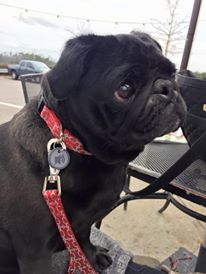


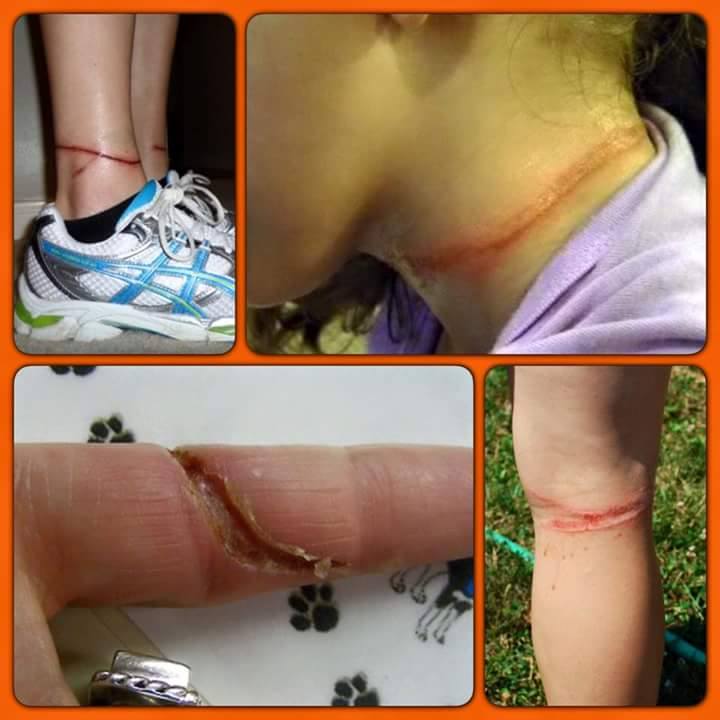


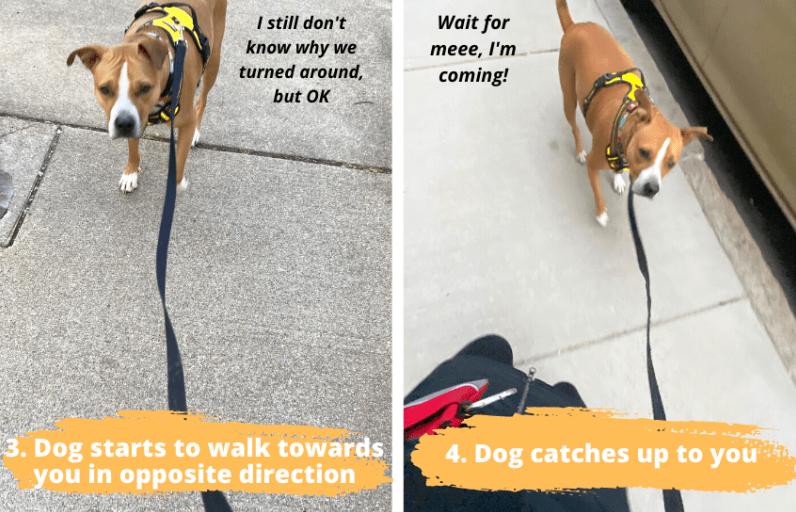

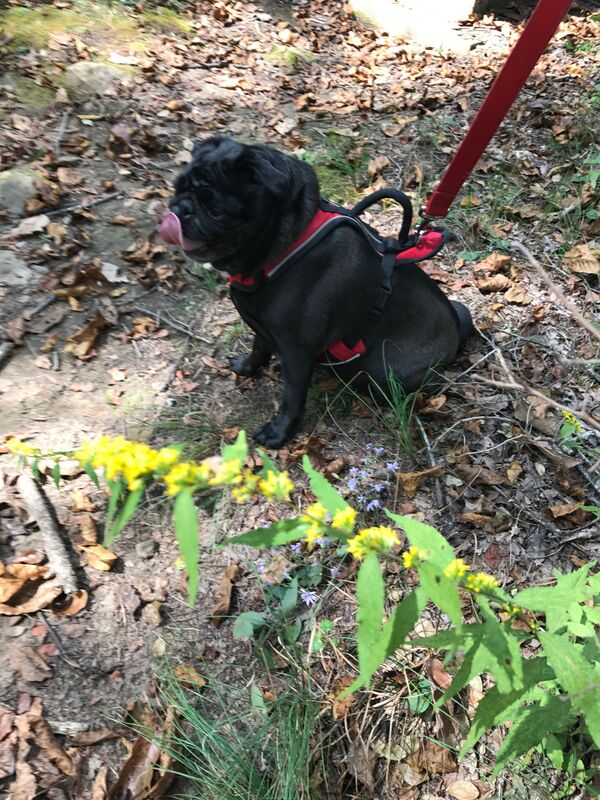
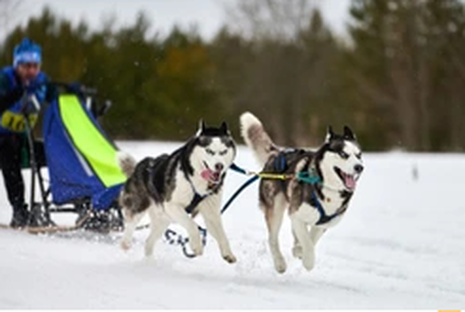
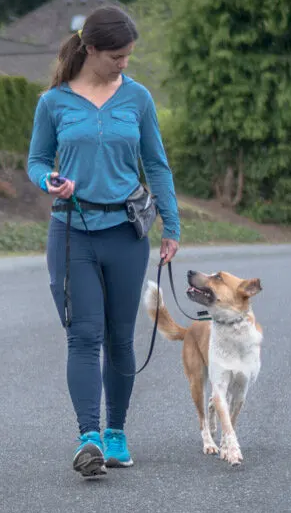

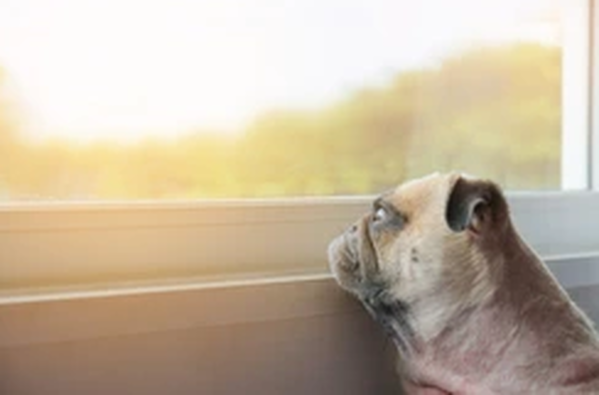
 RSS Feed
RSS Feed